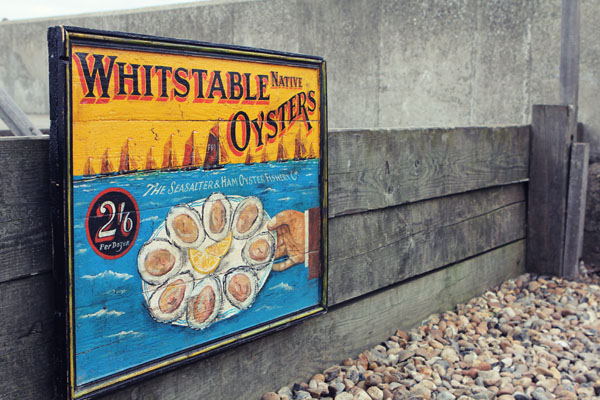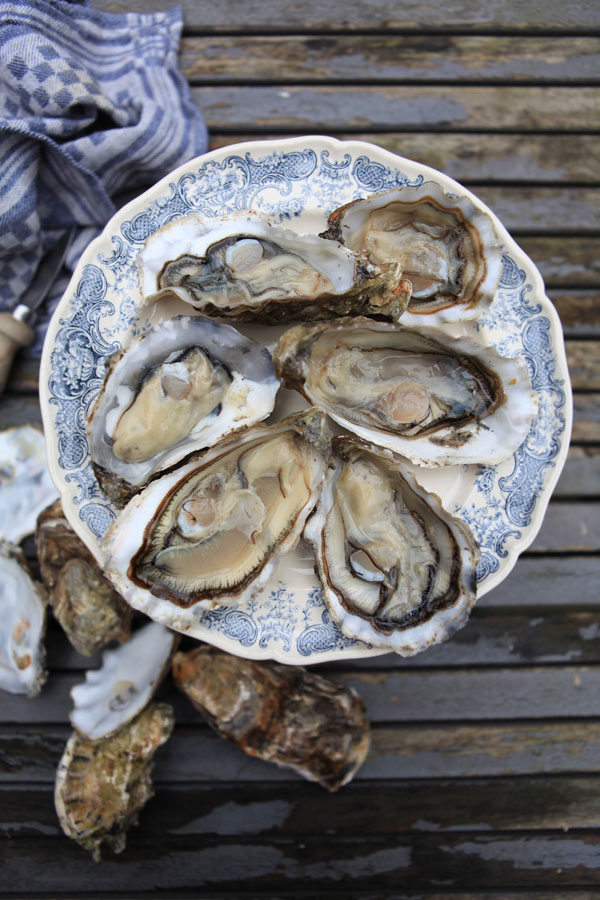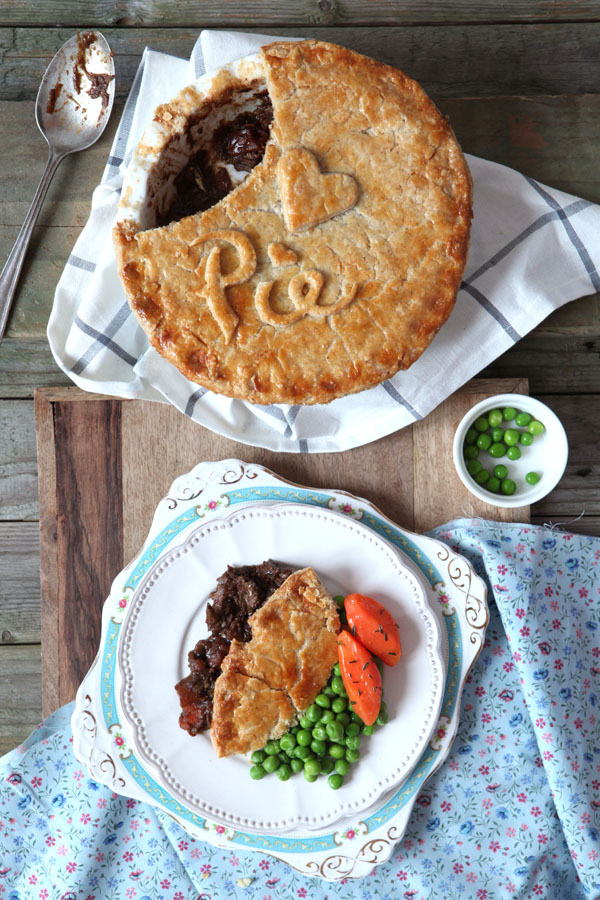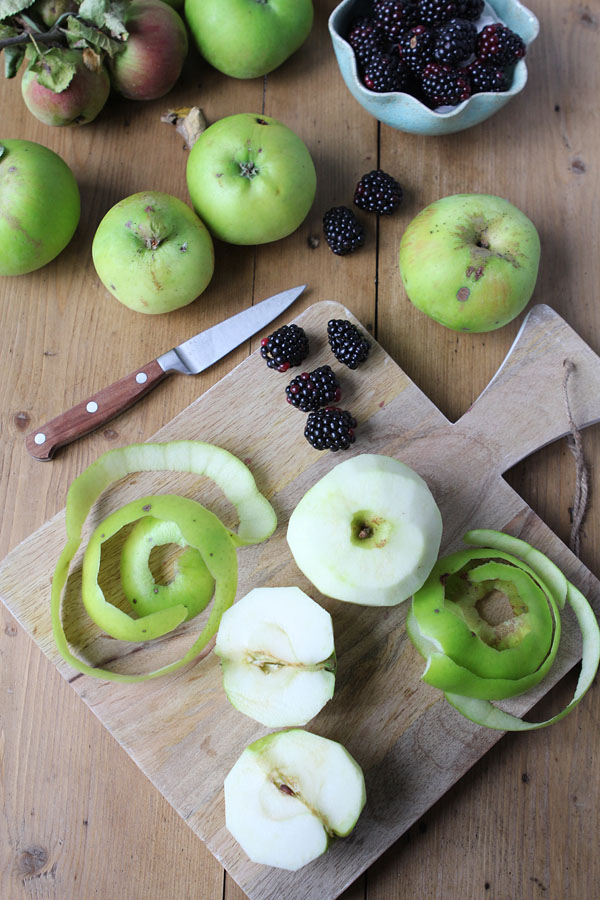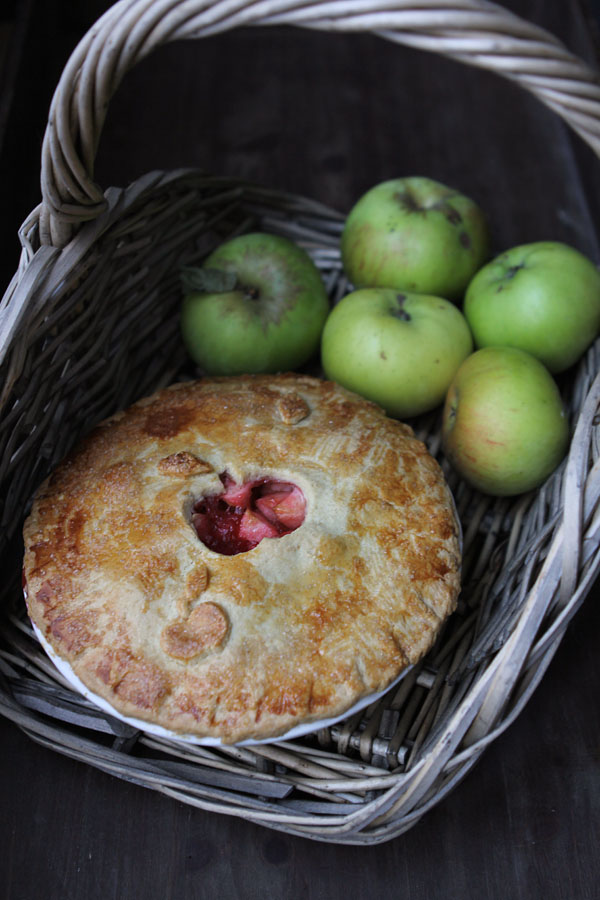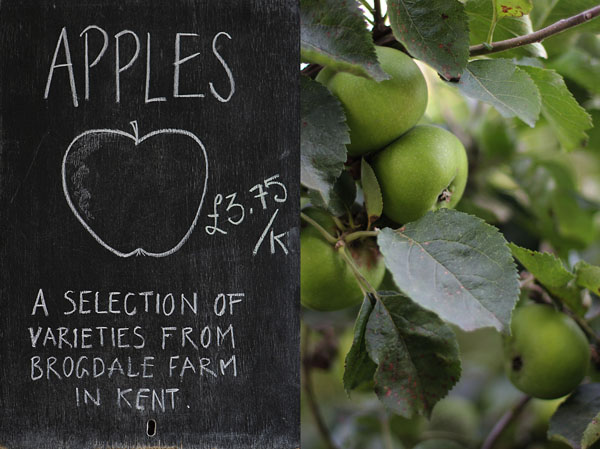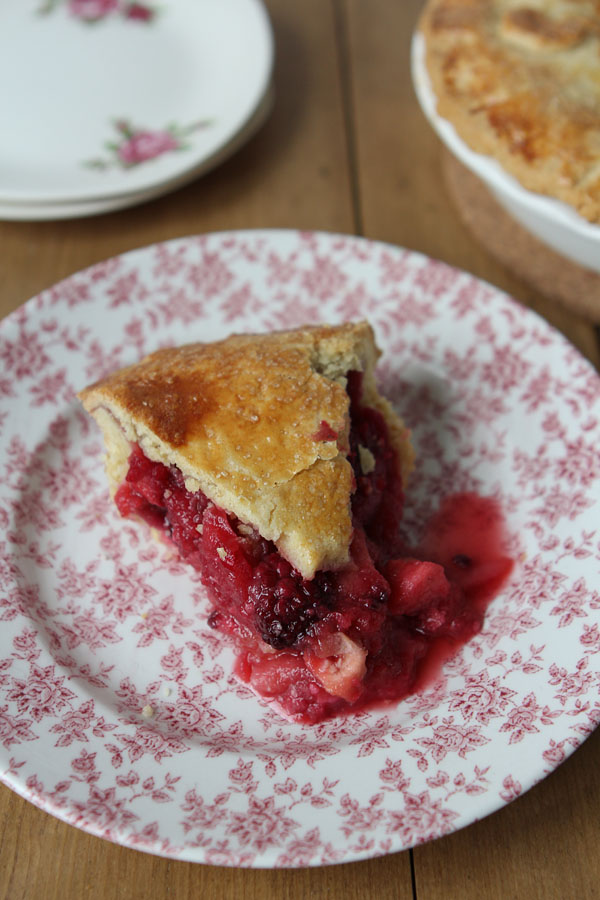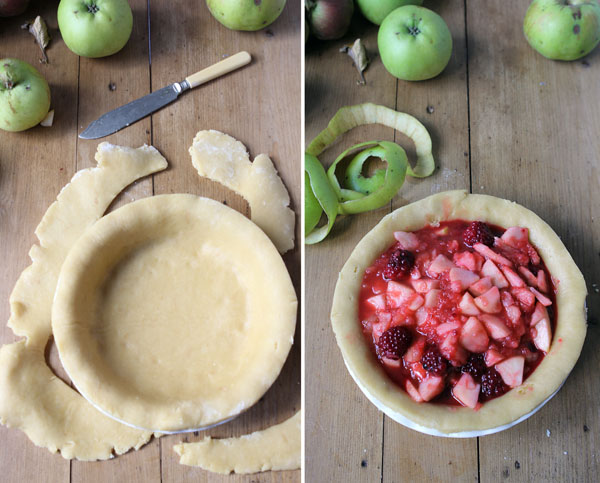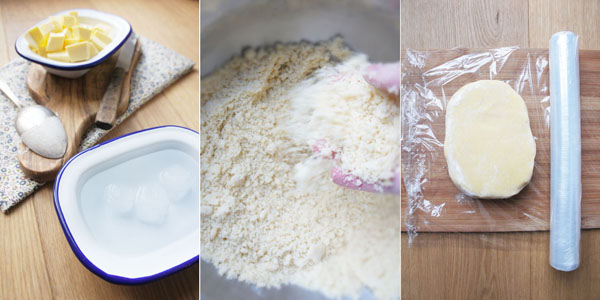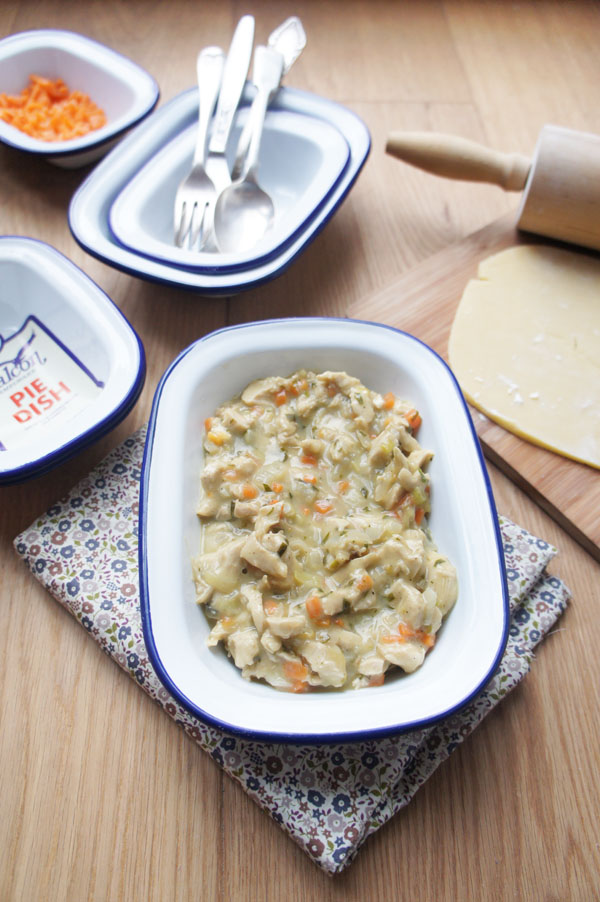The post Poverty and oysters … Beef, stout and oyster pie appeared first on Miss Foodwise.
]]>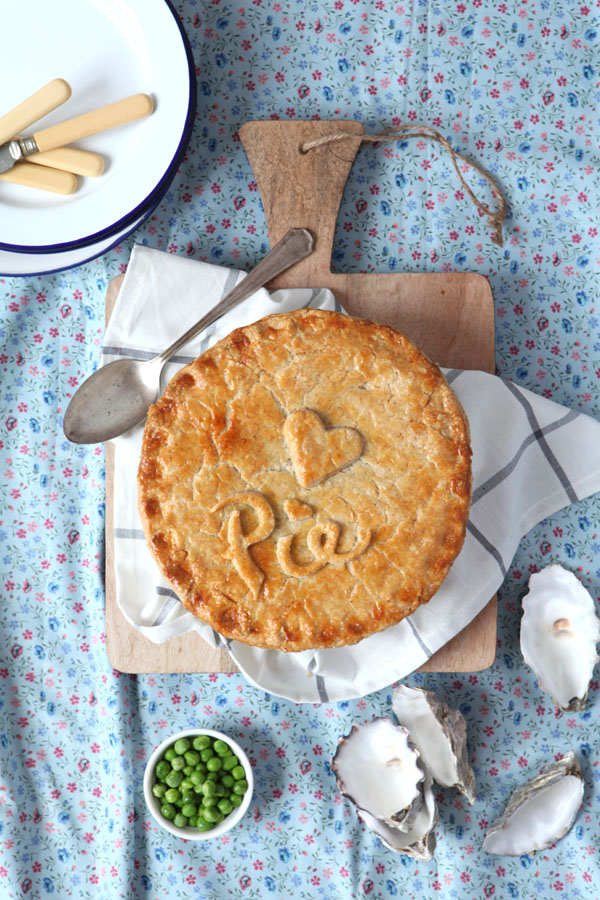 As Dickens’ Sam Weller remarks in the Pickwick papers:
As Dickens’ Sam Weller remarks in the Pickwick papers:
‘Poverty and oysters always seem to go together’.
Oysters have been savoured in Britain since Roman times. Shells have been found at many archaeological sites, with the Roman fort and Amphitheatre in Richborough as the most symbolically important one, and stretching as far north as Hadrian’s and the Antonine walls. Before the Romans came, the Britons regarded shellfish as something to eat when there was no fish or meat to be had. The little molluscs weren’t sought after until the Romans started to farm them and even export them live to Rome, where they were considered a delicacy.
When the Romans withdrew and the Saxons invaded in the 5th century, so a rich culinary culture disappeared, which included the oyster farming. It would take centuries for the oyster to become popular again and the first recorded appearance is to be found in a 14th century cookery manuscript by the Master Chef of King Richard II.
Throughout
the Medieval period the church imposed a number of days where one
should eat fish rather than meat. In fact, for a third of the year,
eating meat was forbidden. Therefore the mixing of fish and meat in
dishes only became popular later in the 16th century and an early 17th
century cookbook gives the recipe for roasting mutton with oysters.
By the end of the 18th century the industry had become highly regulated and although oysters had been the delight of the rich for a very long time, industrialisation cheapened them, making oysters one of the staples of the diet of the poor.
Beef
and oyster pie is a classic Victorian dish; it was the food of the
poor, and the poorer you were the more oysters you would put in your
pie. Oysters were plenty, the smaller ones sold as fast food on the
streets of London or pickled to keep, while the bigger ones were put in
stews and pies to make up for the deficiency of meat. It was a cheap
source of protein.
Oysters were also a typical food to be found
in public houses, where they were most commonly served with a pint of
stout. Stout beers were popular because of their strong flavour, higher
alcohol content, longer shelf life and because they were cheaper than
other beers. The claims of Stout being a nutritious drink made the
pairing with oysters the perfect cheap meal for the working class on
their way home with their wages.
Demand for oysters was high,
with as many as 80 million oysters a year being transported from
Whitstable’s nutrient-rich waters to London’s Billingsgate Market alone.
In the middle of the 19th century the natural oyster beds became
exhausted in England. As the oyster beds further declined, what had
previously been the food of the poor became a delicacy for the upper
classes once again.
This pie is wonderfully succulent; once a poor man’s dinner, it now graces our tables with elegance. The beef, oyster and stout or porter beer are a perfect pairing together with a rich suet crust – just like your nan used to make but let’s kick it up a notch and put some effort into the decoration of the pie! It’s fun to let your children have a go with the leftover pastry; you will have leftover with this recipe. Keep in the freezer until needed, defrost the evening before in your fridge.
This recipe works just as good as a stew, feeding 4 hungry mouths.
What do you need
For the stew
- 1 large carrot, quartered and cut into 2 cm long pieces
- 3 medium onions
- 500 g chuck of beef, diced
- flour to dust the meat
- 1 pint of stout, Guinness or porter beer
- 1 teaspoon of mushroom ketchup (if you don’t have it, leave it out or use 1 teaspoon balsamic vinegar)
- 2 bay leaf
- thyme
- pepper and salt to season
- water
- 6 oysters, cleaned.
For the pastry
- 300g plain white flour
- 100g unsalted butter
- 100g Atora shredded suet
- a generous pinch of salt
- 125 ml icecold water
- 1 egg, beaten
Method
for the stew – filling
- Preheat your oven to 160C
- Add the carrots and onion to a cast iron casserole and color them over a medium fire.
- Dust the meat with the flour and add it to the vegetables.
- Immediately pour in the stout, mushroom vinegar and herbs.
If the meat isn’t completely covered in liquid, add some water or extra stout until it’s just covered. - Bring to the boil without putting on the lid.
- When boiling, put on the lid and place in a lower part of the oven for 3-3,5 hours.
It depends on the animal used, the quality of the meat and how lean it is to know when the meat will be done. Check on it regularly so you don’t end up with dry meat. The meat is done when it is about to fall apart.
for the pastry lid
- Combine the flour, butter, suet and salt in a large mixing bowl and use your fingers to rub the butter into the flour. Keep on doing this until the mixture resembles breadcrumbs.
- Pour in the water and start pressing the liquid into the breadcrumb-like mixture. Be gentle as you must be careful not to overwork the dough.
- When you have created a rough dough, wrap it in cling film and let it rest in the fridge for an hour or more. You can prepare the pastry the day before if you’re feeling organized.
- Preheat your oven to 180C
- Ladle the stew into your shallow pie dish and place the oysters neatly so everyone will find some in his plate.
- Use the beaten egg to eggwash the edges of the piedish.
- Take your pastry out of the fridge and place it on a floured work surface. Now roll out the pastry about 1 cm thick and make sure it’s larger than your pie dish.
- Now carefully pick up the pastry and place it over the pie dish. Trim off the edges of the pastry so you get a nice lid. Now crimp the edges by using your thumb or a fork so the pastry lid is closed tightly.
- Decorate the pie lid if you like and eggwash generously before putting into the oven on one of the lower parts.
- The pie should be nice and golden after 40-45 minutes.Serve with peas and carrots because you got to have peas and carrots with pie …
You might also like
Sussex stewed steak >
Jo’s Hotpot >
Chicken & taragon pie >
The post Poverty and oysters … Beef, stout and oyster pie appeared first on Miss Foodwise.
]]>The post Bramley apple and Blackberry pie appeared first on Miss Foodwise.
]]>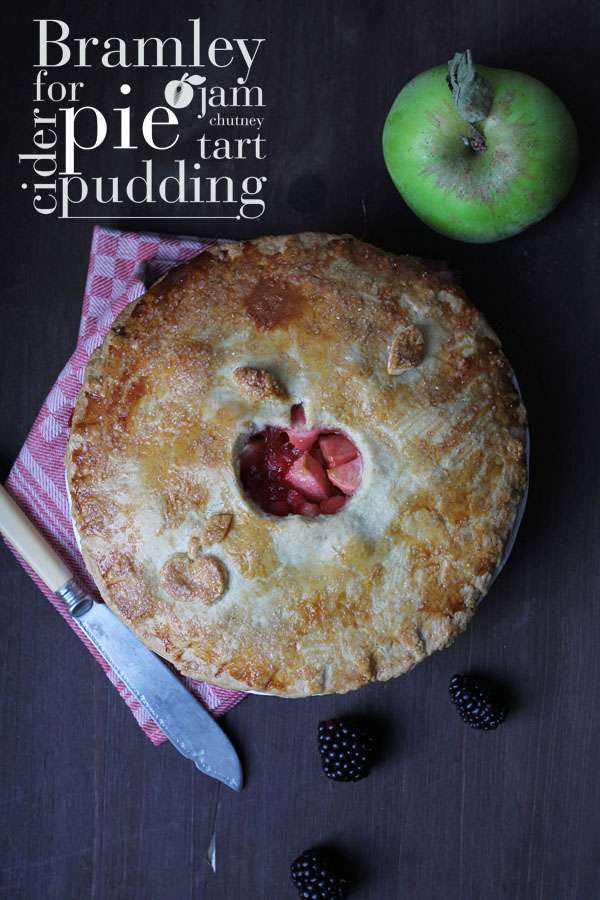
In 1809 a young girl, Mary Ann Brailsford, planted a few pips in her garden in Southwell. Those pips grew into the apple tree that is responsible for one of Britains most beloved fruit.
Forty years later a local butcher bought Mary Ann’s cottage and garden, after a decade of enjoying the trees fruits a nurseryman from the area asked him if he could sell some of the apples from the tree in his garden. The butcher agreed but wanted the apples to bear his name… Bramley.
Bramley’s seedling were an important source of food during the First World War as during the 1900s the trees were extensively planted and the crop plenty.
Every single Bramley apple tree has come from the tree planted in that cottage garden in Nottinghamshire.
The tree was almost lost forever when in 1900 a destructive storm knocked it over, leaving it wounded on the grounds of the garden where he had grown and grown for nearly a hundred years. But from the old wood of the tree emerged a new one and it grew to be the monument we can see today.
The Bramley apple tree in Southwell has become the towns treasure and they host many celebrations of the Bramley Apple, there even is ‘The Bramley apple Inn’ which is located just a few doors away from where the original Bramley apple tree still grows his apples to this day.
The lady who lives in the cottage now, acquired the house from Mr Bramley 50 years ago and has cared for the tree ever since.
Do you want to know more?
Why not pay a visit to Brogdale farm in Kent, home to the ‘National fruit collection’.
They
host an Apple festival and a Cider festival every year. If you have an
apple tree in your garden and you think this might be a very old
variety, you can send in a sample and they will investigate the fruit.
www.brogdalecollections.co.uk
Bramley apple and Blackberry pie
Sweet Shortcrust pastry
What do you need:
500 g plain flour
100 g icing sugar
250 g cold butter cut into small cubes
half a teaspoon vanilla extract
2 large free-range eggs
1 teaspoon milk
- Sieve the flour and icing sugar on to a work surface or into a large bowl.
- Throw the cubes of butter into the flour and using a knife start cutting them into even smaller pieces mixing it with the flour and sugar. This is a trick I use to keep the butter as cold as possible, if you touch the butter it melts quicker.
- To create good Shortcrust pastry your butter should be kept cold and your dough shouldn’t be over worked as this will activate the gluten.
- When you have a crumbly texture start using your hands to rub the butter into the flour until the mixture resembles bread crumbs.
- At this point ad the vanilla
- Ad the eggs one by one, and the milk, using a knife or fork to work it together.
- When the mixture is crumbly again use your hands to work the mixture until you have a ball of dough.
- Remember don’t work the pastry too much as it will leave you with a whole other texture.
- Wrap the dough in clingfilm and chill for at least 30 minutes.
Preheat your oven to 180° gas
Prepare the filling while the pastry is chilling
What do you need:
5 Brambley apples, cored, peeled and cut into halved wedges
100 g Blackberries
50 g butter
80 g light brown sugar
1 egg beaten
a sprinkle of caster sugar
20 cm shallow pie dish
- Put the butter into a saucepan and melt over a low fire
- Ad the sugar
- Ad the apples and slowly cook for 10 minutes
- Ad the blackberries and stir briefly and some of the berries release their juice
- Let it cool slightly
- Tip the fruit into a sieve and keep the juices and fruit aside
- Take your pasty out of the fridge
- Cut the dough in half and put the second piece back into the fridge
- Roll out the dough until it’s about 5 mm thick
- Butter your pie dish
- Line the pie dish with the pastry
- Trim off the excess pastry around the sides with a sharp knife
- Put the fruit into the lined pie dish so you have a little mount in the middle
- Use a spoon to add a bit of the juice, not all of it or it will get too wet.
- Take the rest of the pastry out of the fridge and roll it out like you did before
- Lay the pastry over the pie
- Trim off the excess pastry around the sides and crimp the edges of the pastry together with the back of a fork or your fingers.
- Decorate your pie if you like, cut an opening in the pastry so the steam can escape
- Brush the pastry with the beaten egg and sprinkle over some caster or cane sugar
* if you have leftover pastry why not make some shortbread!
Place the pie on the bottom of the preheated oven for 50 minutes to an hour.
The top should be golden and crisp.
Serve with a dollop of clotted cream or double cream.
Enjoy
You might also like
Blaeberry pie
Kentish Cobnut cake
The post Bramley apple and Blackberry pie appeared first on Miss Foodwise.
]]>The post Chicken tarragon pie, bringing back memories appeared first on Miss Foodwise.
]]>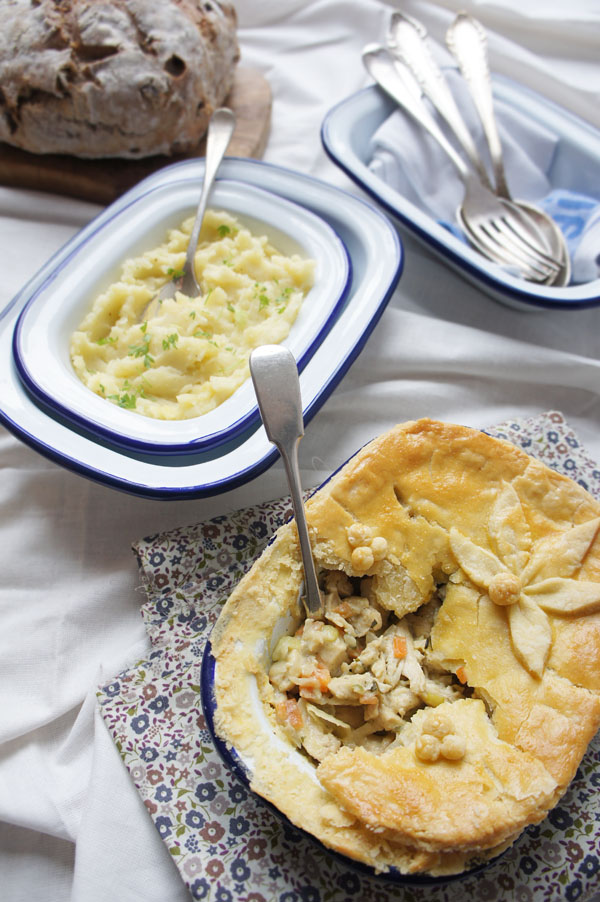
Chicken and tarragon pie will always make me think of my wedding dress.
What do you need (serves 2)
2 free range chicken breasts (350g)
1 cube of chicken or vegetable stock or real chicken stock (you need 250 ml liquid)
2 small carrots chopped into fine cubes
3 finely chopped sjalots
3 spring onions (only the light part)
3 tsp of fresh tarragon leaves
2 tsp of double cream
1 bay leaf
100 ml white wine (dry)
1 clove of garlic
3 tsp of dry roux -> see method for roux below
olive oil
for the pastry
2 eggs (1 for egg wash)
300 g plain good quality white flour
150 g unsalted butter or 75 g lard/ 75 butter
0,5 tsp of seasalt
2 tsp of ice cold water
cling film
Method
Sift flour and salt to a large bowl, add the lard and/or butter.
Use your hands to rub the butter/lard into the flour until the batter looks like bread crumbs.
Whisk one egg and add iced water to bring the dough together.
Knead for a minute to form a smooth pastry, shape into a flat rectangle and wrap with cling film.
Chill the dough for at least 30 minutes.
You can do this the day before.
for the roux
140g flour
125 g butter
If you are making a roux which is the base of a white sauce you need to know one thing: flour and butter is 1 to 1 ratio.
I always make a large quantity and store in an airtight container in the fridge for when I need it. If you want to do this you just make the dry base which is the flour and butter together, let it cool before you put it into a container.
When you want to use it you need to warm the milk, when you are using the roux straight away you need your milk to be cold.
So the rule is: warm dry paste = cold milk – cold paste = warm milk.
When you’ve added the milk to the dry paste, you need to cook it until the taste of flour is completely gone.Method
Melt the butter in a small pan, add flour and stir constantly until you get a crumbly paste that smells a bit like pancakes. Use your nose, if you think it smells like flour you’re not done yet and keep stirring.
The pie filling
Method
Bring your stock or you water with stock cube to the boil, add a bay leaf.
Gently poach the chicken breasts in the stock, the water should be simmering, not boiling.
Leave until the meat is cooked and the juices run clear. Drain the meat, let it cool a bit and cut into small pieces (+-1cm)
Keep the stock, we need it for the sauce.
Add olive oil to a heavy based pan, add the onion, then the carrot, the garlic and spring onion last.
Cook it until the vegetables are almost done (+-7min)
Add the chicken to the veggies and stir for about 3 minutes, add half of the tarragon.
Pour in the wine and let it evaporate so the alcohol is gone.
Now bring the stock back to the boil, add the roux and stir until you get a silky sauce.
Add the sauce to the chicken and vegetables, add the last of the tarragon and simmer for 5 minutes.
Preheat your oven to 180°C
Get your pie dishes out!
Pour the chicken tarragon into your pie dishes (I used 16 cm good old fashioned Falconware)
Take your last egg and whisk it so we can use it to egg wash the pie.
Use a brush to egg wash the border of the pie dish.
Take your pastry out of the fridge and roll it out (on a floured surface) so it has the thickness of a pound coin.
Gently place a ice of pastry that is slightly bigger than the dish over the pie.
Cut the edges so the pastry covers the entire dish.
From the leftover dough you can make decorations if you like.
Brush the egg generously onto the pastry, add the decorations and give them an egg wash too.
Put in the oven for 30 minutes, until golden brown and simmering underneath it’s pastry blanket.
Serve with silky mashed potatoes and a side of vegetables to your liking.
Enjoy
The post Chicken tarragon pie, bringing back memories appeared first on Miss Foodwise.
]]>